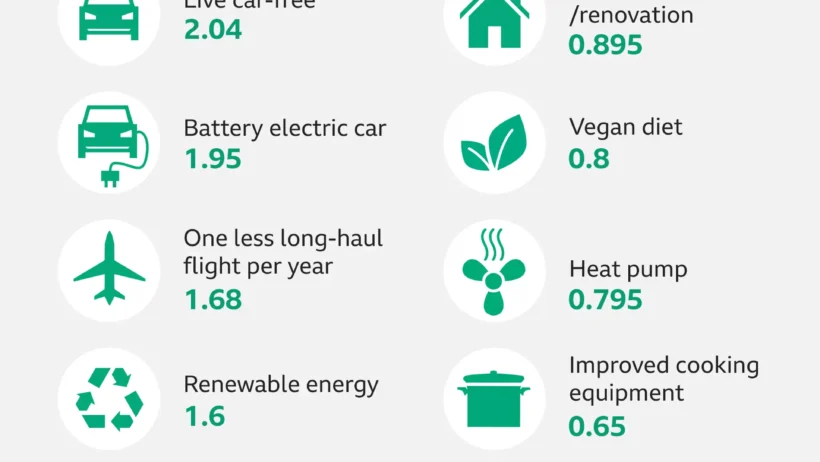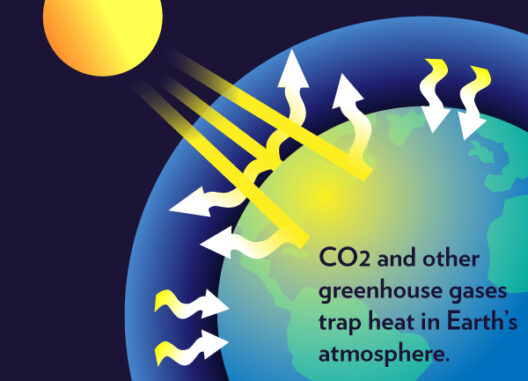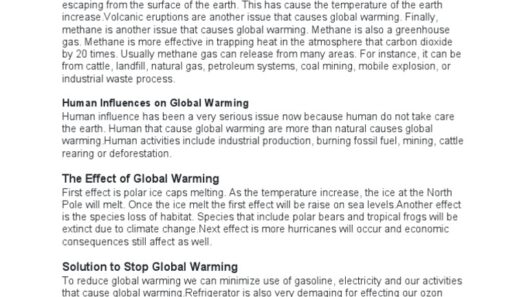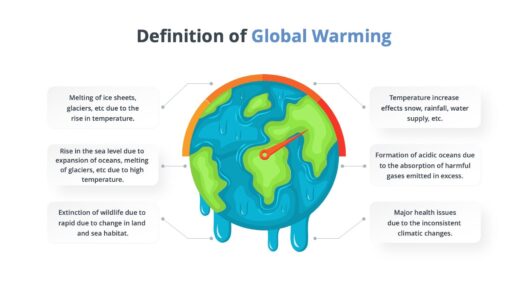Global warming is not merely a buzzword; it’s an impending threat that looms over the planet, beckoning us to act decisively. As the average global temperature rises, it becomes increasingly evident that our weather patterns, ecosystems, and even human health are at risk. Understanding how we can collectively mitigate these effects is paramount. This article delves into diverse strategies that promise not only to lessen global warming but also to shift our perspectives on living harmoniously with our planet.
In our quest to combat global warming, it is essential first to understand the catalysts of this phenomenon, primarily greenhouse gas emissions that primarily derive from industrial activities, transportation, and agricultural practices. Recognizing the root of the problem lays the foundation for effective strategies to alleviate its impacts.
Transitioning to Renewable Energy Sources
One of the most immediate actions we can take is to shift our reliance from fossil fuels to renewable energy. Solar, wind, hydroelectric, and geothermal energy present viable alternatives that generate power without directly emitting greenhouse gases. The installation of solar panels, for instance, allows homeowners to harness the sun’s energy, drastically reducing their carbon footprint. Investment in wind farms and hydroelectric plants can supply large-scale electricity while preserving natural habitats.
Moreover, governments play an indispensable role in this energy transition. By incentivizing renewable energy projects through tax breaks or grants, they can encourage corporations to innovate and invest in greener technologies. The concept of net metering, which allows consumers to sell excess energy back to the grid, entices investment in personal renewable energy sources.
Enhancing Energy Efficiency
Another cornerstone strategy is enhancing energy efficiency across all sectors. Buildings contribute significantly to energy consumption and greenhouse gas emissions. Revamping old edifices with energy-efficient windows, insulation, and appliances can lead to a dramatic decrease in energy use without sacrificing comfort or functionality. The incorporation of smart technology—like thermostats that learn user habits—can optimize electricity use based on real-time data.
Beyond improving residential energy efficiency, industries must adopt cleaner technologies. Automated systems can fine-tune manufacturing processes, thereby reducing waste and lowering emissions. Regular audits and stringent industry regulations can incite companies to adopt eco-friendly practices, simultaneously benefiting their bottom lines.
Revolutionizing Transportation
The transportation sector is one of the largest contributors to carbon emissions. Investing in sustainable transport options can be transformative. Public transportation systems, like trains and buses, should be upgraded and promoted to discourage the reliance on personal vehicles. Cities can introduce bike-sharing programs, enhance pedestrian pathways, and advocate for electric vehicles to reduce the overall carbon output from transportation.
On a global scale, air travel remains a significant source of emissions. Exploring alternatives, such as carbon offsetting schemes, encourages travelers to invest in environmental projects that counterbalance the emissions generated from flying. Research into sustainable aviation fuels offers an exciting possibility for greener air travel without compromising the essential connectivity that aviation provides.
Promoting Sustainable Agriculture
Agriculture is another critical area where the impact of global warming can be mitigated. By adopting sustainable farming practices, farmers can increase crop yield while reducing greenhouse gas emissions. Methods such as crop rotation, organic farming, and agroforestry promote biodiversity and enhance soil health, ensuring that land remains productive and fertile for generations to come.
Furthermore, reducing food waste is imperative. A significant portion of food produced never reaches consumers, which translates to wasted resources and emissions during transportation and processing. Initiatives aimed at redistributing surplus food to communities in need can address food insecurity while simultaneously curtailing unnecessary waste.
Innovations in Carbon Sequestration
As we grapple with the inevitability of climate change, innovative carbon sequestration techniques offer an intriguing perspective on mitigating its effects. These methods involve capturing carbon dioxide directly from the atmosphere or from emission sources and storing it underground. While still in developmental phases, technological advances could redefine how industries manage their carbon footprints.
Additionally, natural carbon sinks, such as forests, wetlands, and grasslands, serve as crucial allies in the fight against global warming. Protecting and restoring these ecosystems not only sequesters carbon but also preserves invaluable biodiversity and enhances community resilience against climate-related disasters.
Cultivating a Green Mindset
The final pillar in lowering global warming’s impacts hinges on societal shifts in mindset. Educating the public on the importance of sustainability and personal responsibility can forge a culture of environmental stewardship. Communities can organize clean-up drives, tree-planting initiatives, and awareness campaigns that engage citizens and empower them to take part in the solution.
Integrating environmental education into school curricula paves the way for future generations to value and prioritize the sustainability of our planet. By fostering a collective consciousness around ecological preservation, we ignite a passion for change that transcends individual actions and galvanizes community endeavors.
In conclusion, combating global warming necessitates a multifaceted approach involving technological innovation, systemic change, and a cultural shift toward sustainability. Each individual, community, and organization has a role to play. By understanding and implementing these strategies, we can collectively steer our society toward a more sustainable and equitable future. The journey toward a healthier planet is not a solitary endeavor but a collaborative pursuit that invites innovation, participation, and hope.








